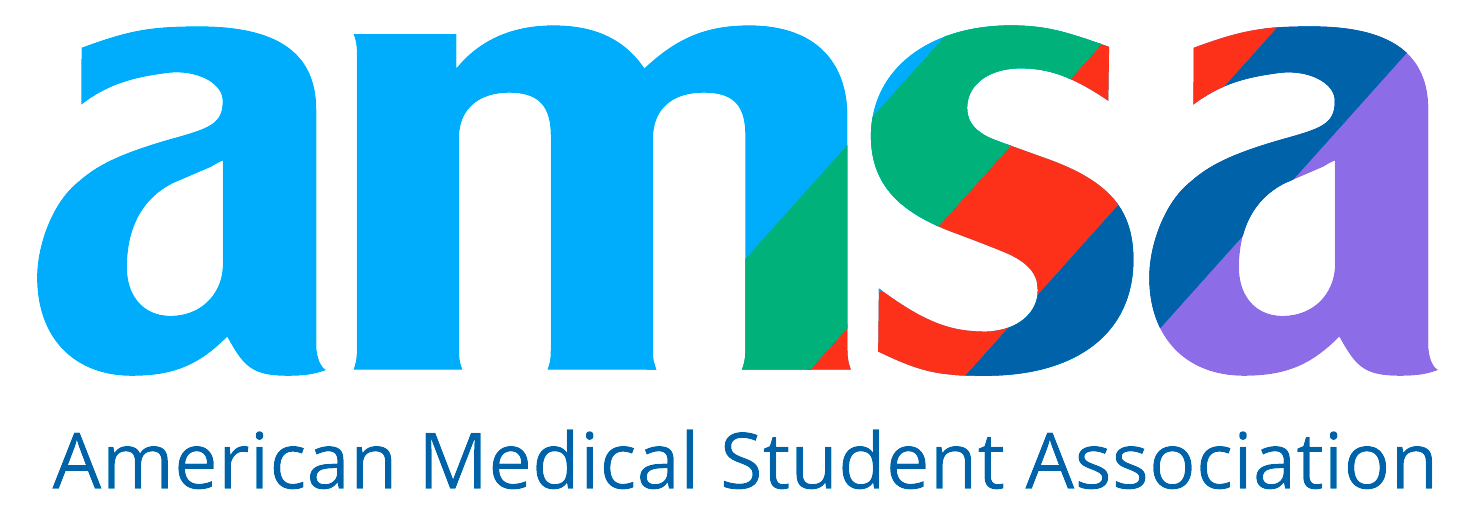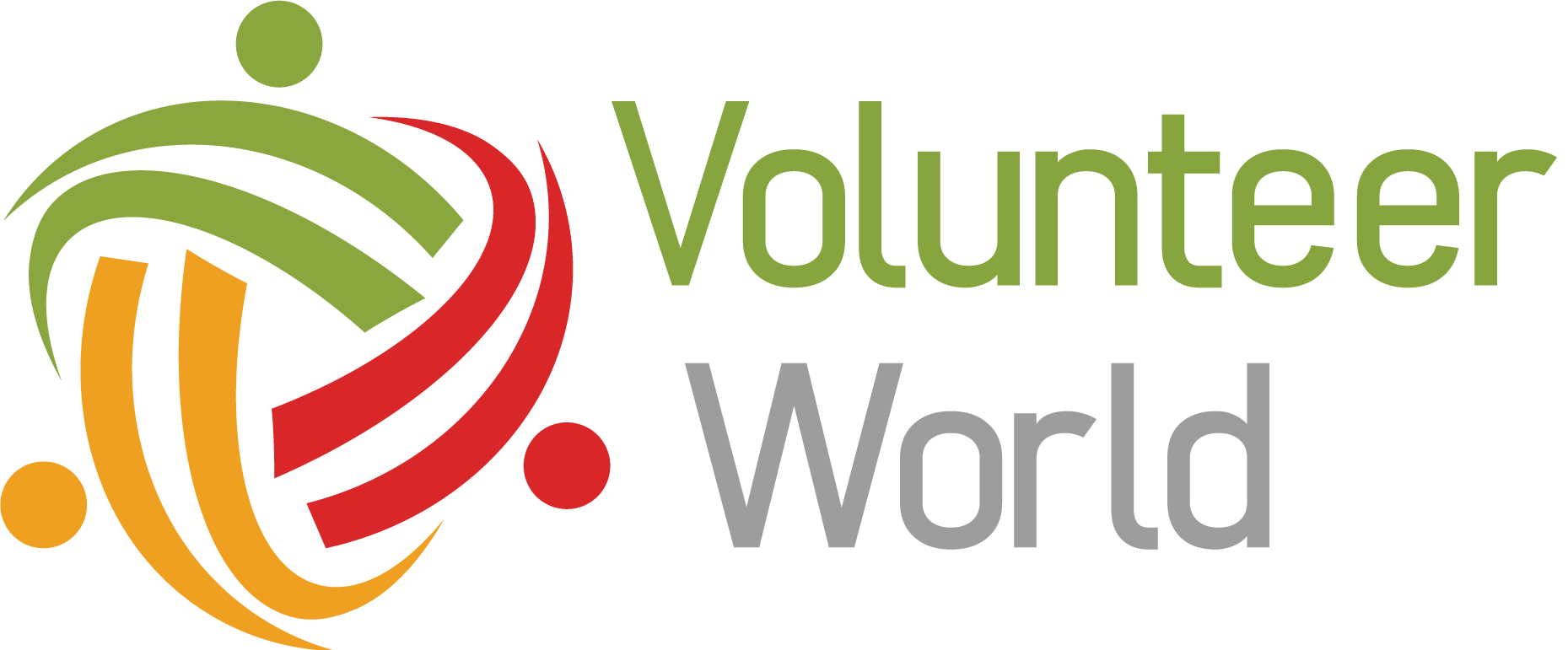How Much Do Doctors Earn? A Comprehensive Look at Physician Salaries in 2025
Go-Elective Abroad
How Much Do Doctors Earn? A Comprehensive Look at Physician Salaries in 2025
Understanding the Financial Side of a Medical Career
Becoming a doctor is a noble goal, but it comes with high costs—both literal and figurative. From medical school tuition and residency training to interview travel and licensing, the journey is long and expensive. Naturally, many students wonder: how much do doctors make in the long run, and what factors influence those earnings?
The short answer: physician salaries vary widely by specialty, geographic location, gender, race, and years of experience.
Physician Salaries by Specialty: Who Earns the Most?
Salaries have steadily increased across all medical specialties in recent years. Between 2016 and 2019 alone, most fields experienced a 20% boost in compensation.
Top-earning specialties in 2025 include:
- Neurosurgery: $616,000+
- Orthopedic Surgery: $587,000
- Cardiothoracic Surgery: $526,000+
On the other end of the spectrum:
- Endocrinology: $146,000–$272,000
- Family Medicine: $150,000–$250,000 (varies by state)
- Diabetes Care: $84,000–$112,000
Physicians typically see the largest salary growth in their 40s. Specialists tend to see sharper increases compared to primary care physicians, whose compensation remains more consistent as healthcare systems attempt to narrow wage gaps between early-career and experienced doctors.
Physician Salaries by State: Where You Practice Matters
Where you choose to practice can make a substantial difference in your take-home pay. Southern and Midwestern states often offer the highest physician salaries, often coupled with a lower cost of living.
Highest-paying states in 2025:
- Kentucky: $346,000 (No. 1)
- Tennessee: $338,000 (No state income tax)
- Florida: $333,000 (Growing population + no income tax)
In contrast, urban areas with higher living costs—like Boston—report average salaries as low as $173,000.
Gender and Racial Pay Gaps in Medicine
Unfortunately, disparities persist. Research continues to show significant salary gaps by gender and race, especially within primary care and specialties.
Gender Pay Gap
According to a study published in The New England Journal of Medicine, female primary care physicians earn 11% less than their male peers. This gap is often attributed to:
- Fewer hours worked on average
- More time spent per patient
- Greater time on clerical tasks
In specialties, the divide is even more striking:
- Male specialists: $372,000
- Female specialists: $280,000
Racial Pay Gap
- White physicians: $319,000
- Latino physicians: $303,000
- Asian physicians: $300,000
- Black physicians: $281,000
Implicit bias and unequal mentorship opportunities may contribute to these gaps. Increasing representation and leadership diversity in medicine remains a critical step toward equity.
Entrepreneurial Physicians: A Different Financial Path
Some physicians pursue entrepreneurship, choosing to open private practices or launch health-related businesses.
Entrepreneurial physicians earn an average of $359,000, compared to $289,000 for those employed by hospitals or clinics.
However, this route involves:
- Business overhead (rent, staff, equipment)
- Licensing and credential updates
- Marketing, insurance billing, and operational risks
If you're considering this path, it's wise to gain foundational business knowledge before diving in. Clinical experience through programs like Go Elective’s global internships can also expose you to innovative healthcare delivery models in underserved regions.
Loan Forgiveness Programs: Financial Relief Options
Medical school debt can easily exceed $200,000. Fortunately, several loan forgiveness programs are available for physicians who commit to serving in high-need areas or public health roles.
Top programs include:
-
Public Service Loan Forgiveness (PSLF)
-
Requires 10 years of payments and work in a nonprofit/public hospital
-
State Loan Repayment Programs
-
Typically require 2+ years of service in rural or underserved areas
-
National Health Service Corps
-
Offers up to $75,000 for substance use disorder treatment roles
-
Indian Health Service Loan Repayment
-
Provides $40,000 for service to Native communities
-
Military Repayment Programs
-
Vary by branch and duty station
While new legislation was introduced for COVID-19 frontline worker loan forgiveness, it has yet to pass as of 2025.
How COVID-19 Changed Physician Salaries
Unlike many sectors, physician salaries increased during the pandemic — although not without volatility.
2020–2022 trends:
- Primary care: From $237,000 to $243,000
- Specialists: From $341,000 to $346,000
- Orthopedics: $511,000
- Pediatrics/Preventive Care: $232,000
However, the overall picture is complex. Many providers reported:
- Up to 55% revenue declines
- 40% fewer emergency department visits
- Layoffs and shift reductions across multiple specialties
The gender pay gap in specialties slightly narrowed (from 33% to 31%), but remains significant.
Smart Financial Habits for Future Doctors
Physician salary potential is high—but so are expenses. From licensing fees to relocation and continuous medical education, costs add up quickly.
Our advice to future doctors is:
- Minimize student debt whenever possible
- Avoid major purchases immediately post-residency
- Be cautious with side hustles unless well-planned
Many medical students bolster their skills and resumes with international clinical internships before applying to residency. Go Elective offers safe, structured internships in Kenya and Tanzania that combine shadowing, mentorship, and cultural immersion—valuable assets for your CV and personal growth.
Explore our opportunities at goelective.com/healthcare.
Conclusion: Physician Salaries Are High—But Context Matters
Being a doctor is often financially rewarding, but income depends on many variables, including specialty, state, gender, and race. While neurosurgeons may earn over $600,000, pediatricians and public health physicians often earn under $250,000.
COVID-19 showed that even physicians aren’t immune to economic disruption. In the years ahead, navigating the changing healthcare landscape will require adaptability, financial literacy, and long-term planning.
If you’re a pre-med, med student, or healthcare professional looking to gain real-world experience, boost your application, or expand your clinical exposure, check out Go Elective’s global health internships and shadowing opportunities. Apply here goelective.com/apply
Article Details
Categories
Recent Articles , Pre-health, Medical Electives,
Author: Go-Elective Abroad
Date Published: May 15, 2025
Travel with us.
Inquire Today!
Go Elective offers immersive opportunities for medical students, pre-med undergraduates, residents, nursing practitioners, and PAs to gain guided invaluable experience in busy hospitals abroad. Discover the power of study, travel, and impact.






